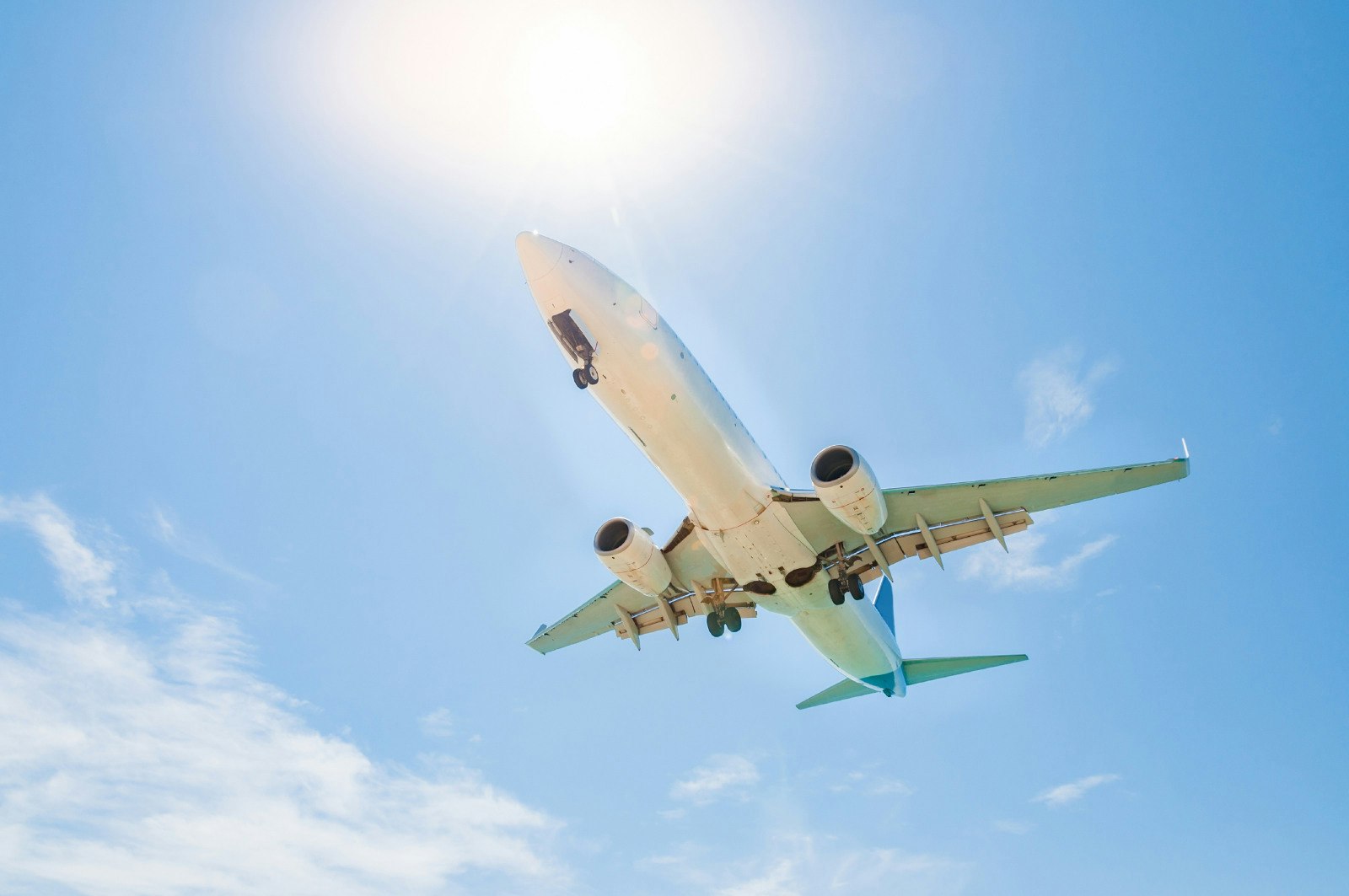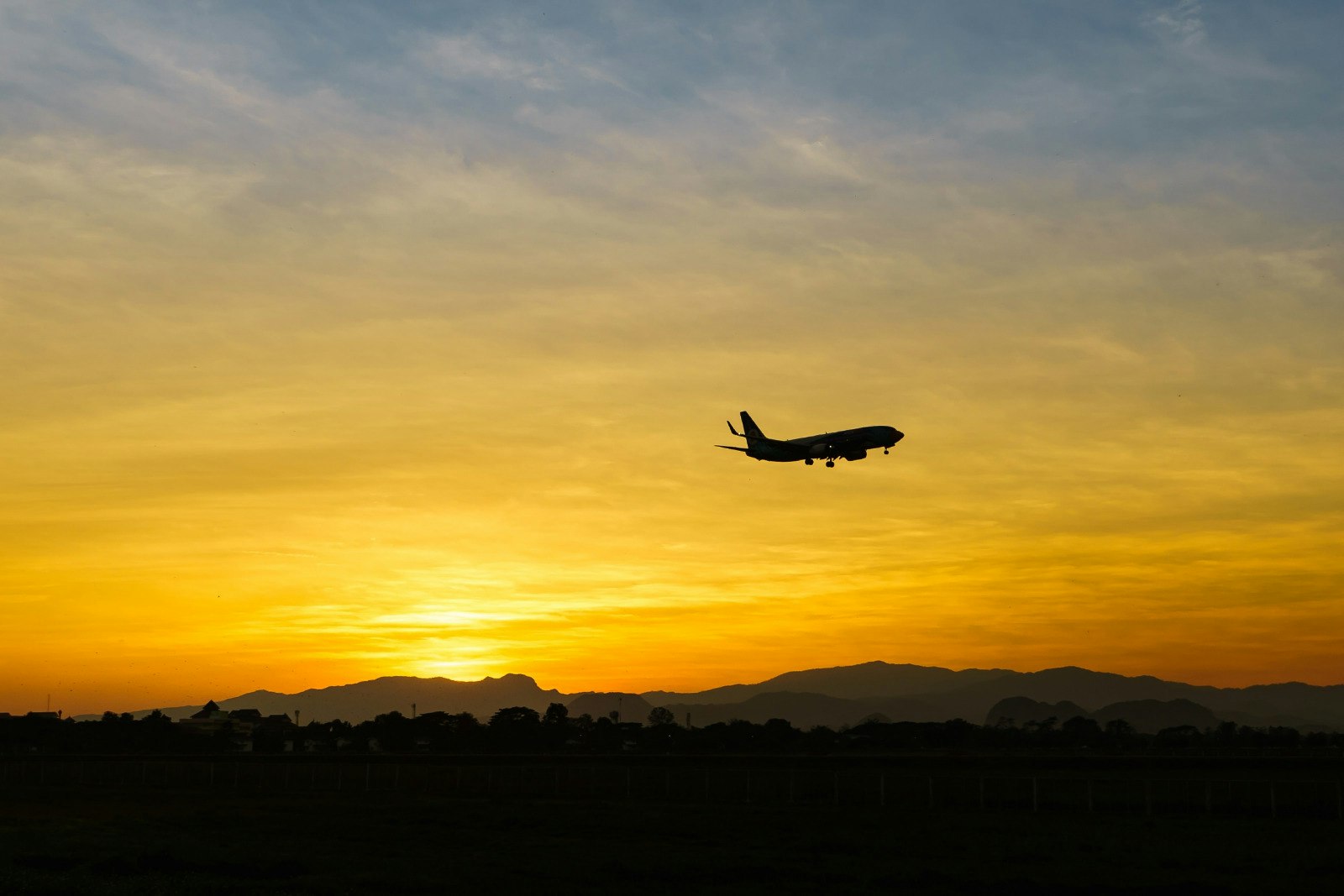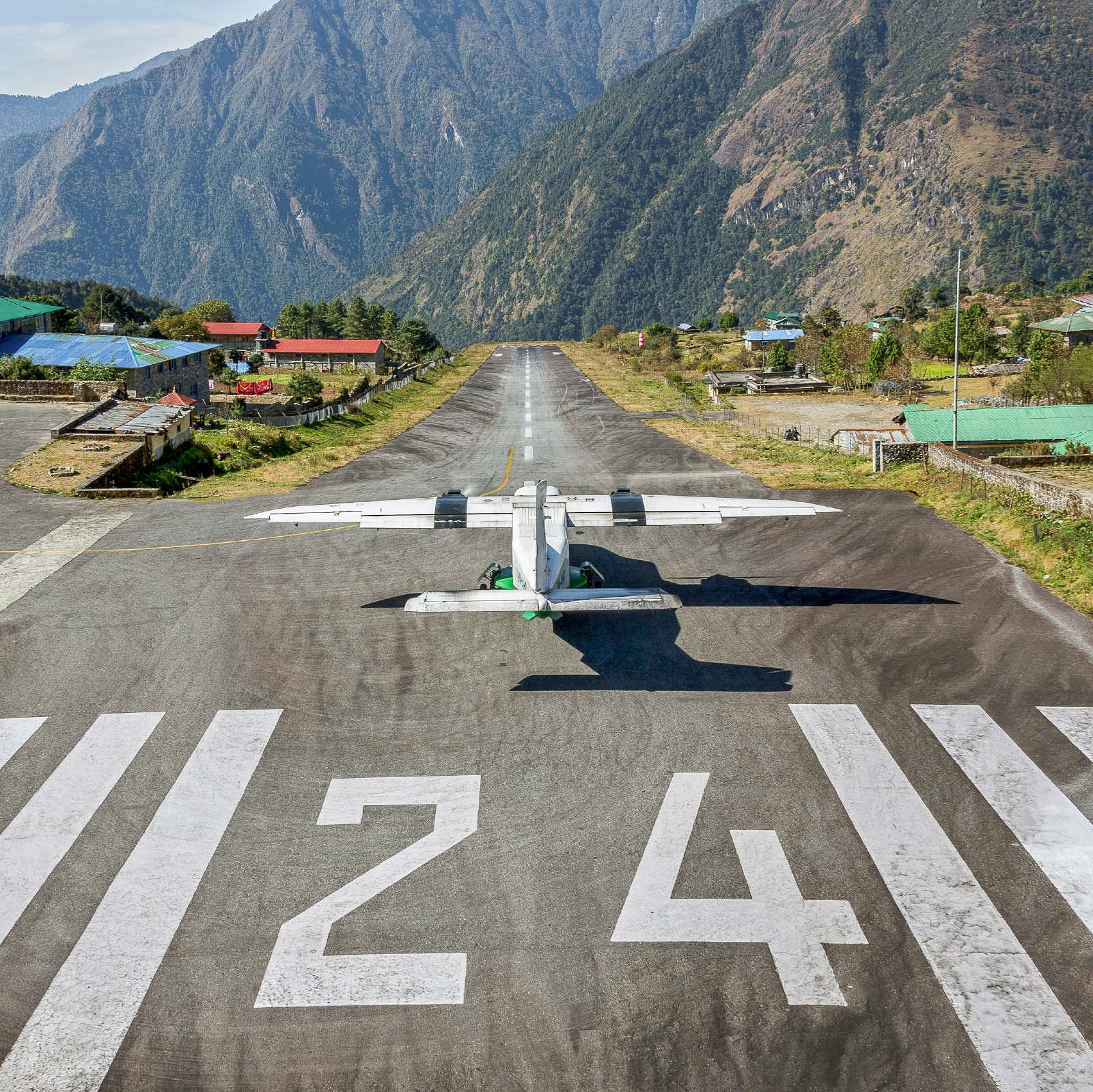The climate crisis is a clear and present danger to humanity and the planet, and even the chief technology officers of the world’s major producers of airplanes and aircraft engines agree.
“Climate change has become a clear concern for our society. Humanity’s impact on the climate requires action on many fronts,” said seven chief technology officers in an unprecedented joint statement at the Paris Air Show, noting that “the aviation industry is already taking significant action to protect the planet and will continue to do so.” Indeed, air travel is becoming more efficient, but the environmental impact of aviation still represents somewhere between 2-10% of humankind’s effect on our changing climate, generated both from the amount of emissions by aircraft and their location high in the atmosphere.

The technology to help reduce this impact is here, and some of your flights may be on electric planes as soon as 2022. US regional airline Cape Air signed a deal to start replacing its nine-seater Cessnas with Eviation’s all-electric Alice aircraft at the same air show, while hybrid battery-jet systems are being designed and tested by Airbus and Rolls-Royce. But there will be impacts to the way we all fly before the world’s airlines are equipped with electric planes.
Some planes won't work if it's too hot
When temperatures in Europe are hitting 45.9°C (115°F), that’s just three degrees Celsius below the maximum operating temperature of some aircraft. In fact, many flights from Phoenix were cancelled in 2017 because the regional jets they used weren’t certified to fly in the heat. This isn’t necessarily because planes aren’t safe in heat. It’s rather that the aircraft manufacturers haven’t previously been asked by airlines to get the full amount of data needed for super-hot days to demonstrate their safety.
At sea level, planes like this are generally certified up to about 50°C (122°F), for a number of reasons: the ways that heat affects lift and engine power, for a start, which we’ll come to shortly. But there’s also the real-world “overheating smartphone” factor, as many folks in hot climates will have experienced: electronic devices have maximum operating temperatures too.

Up to now, this hasn’t been a huge problem for most flights in most places. But for every degree of warming, the number of days where this is a problem increases.
Hotter temperatures mean less lift, creating two problems...
Science time! Heat brings us two sets of problems. Lift is generated when air flows over and under the wing of an airplane. But in hotter temperatures, air is less dense, so the wing generates less lift. Also, the engines, which compress air to spin the fans that pull the plane through the sky, produce less power because the air is less dense. (Airbus A380 pilot Captain Dave Wallsworth has a great explainer of some of the details around what’s needed on his blog if you’re interested.)
Adding to the complications, as altitude rises, air becomes less dense as well, so airports at cities further above sea level have less dense air. That’s why many of them have longer runways: the US’ longest runway is the 16,000-foot (4,877-metre) one at Denver, which sits some 5,431 feet/1,665m above sea level. The longest runway at Los Angeles LAX, which is just above sea level, is 12,932 feet or 3,939 metres.

In heat, at altitude, or both, the main consequence for travellers is that planes need to go faster, using more runway, to generate the same amount of lift in order to take off. If there’s no more runway length, the plane needs to be lighter.
That’s where you come in, traveller. In hot weather, at altitude, and even more so at “hot and high” airports, some planes can’t carry their maximum load of people and cargo. Rarely, this will result in passengers being rebooked, cargo being rescheduled or luggage being left behind.
...and melting in airports
In unusually hot weather, some older airports whose runways, taxiways and plane parking areas weren’t created for extreme heat may have movement restrictions so the plane doesn’t quite literally sink into the tarmac. Now that’s a sticky situation. On the other side of the coin, airport ground equipment (baggage trucks, pushback vehicles and so on) in more temperate countries aren’t built for extreme heat or cold so they might fail.
There’s the human factor too: more people will become unwell in higher temperatures, leading to more flight disruptions.
Weather extremes mean more disruption - and more unpredictability

Here’s two more points linked together: the climate crisis isn’t just about hotter temperatures. It’s about more volatile weather on both extremes, potentially leading to more disruption. The airline industry is making good progress, though, on detecting bad weather and routing around it. So, while there’s some respectable science saying climate change will likely mean more turbulence, airlines and pilots are also going to be able to detect and avoid it more easily.
But it still makes it more likely that the airports you fly to, from and through might be disrupted by bad weather, especially in high summer and the depths of winter. And that’s the long and the short of it: unpredictability is predicted. In most cases, hot will get hotter, cold will get cooler, and it’ll all be more volatile.
What can you, the traveller do about it? Apart from everyone doing their bit to reduce contributions to climate change, and pressuring large companies and our governments to do the same, the best advice is the same as in bad weather season: book flights early in the day, have backup plans, be prepared for delays, and expect the unexpected.












